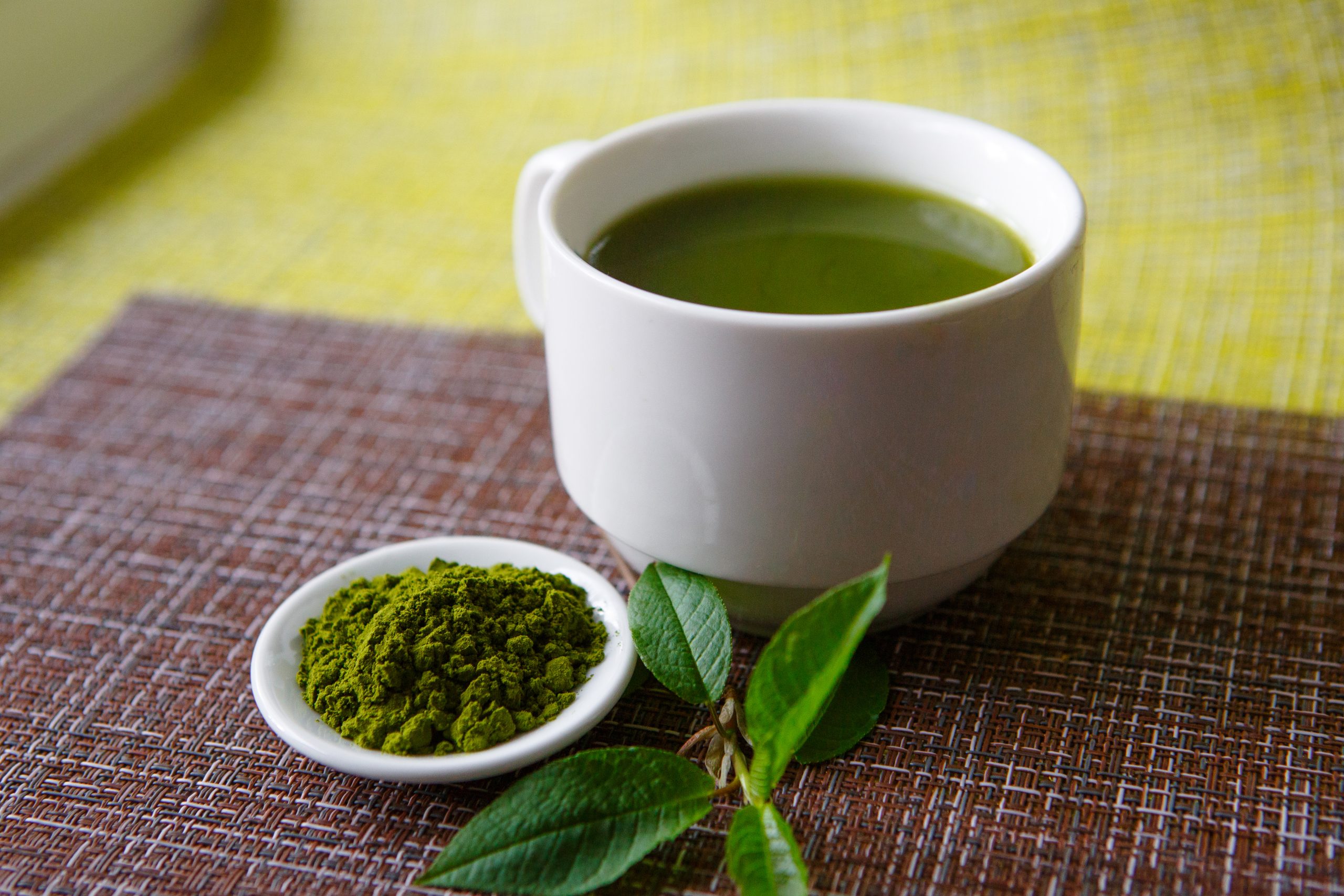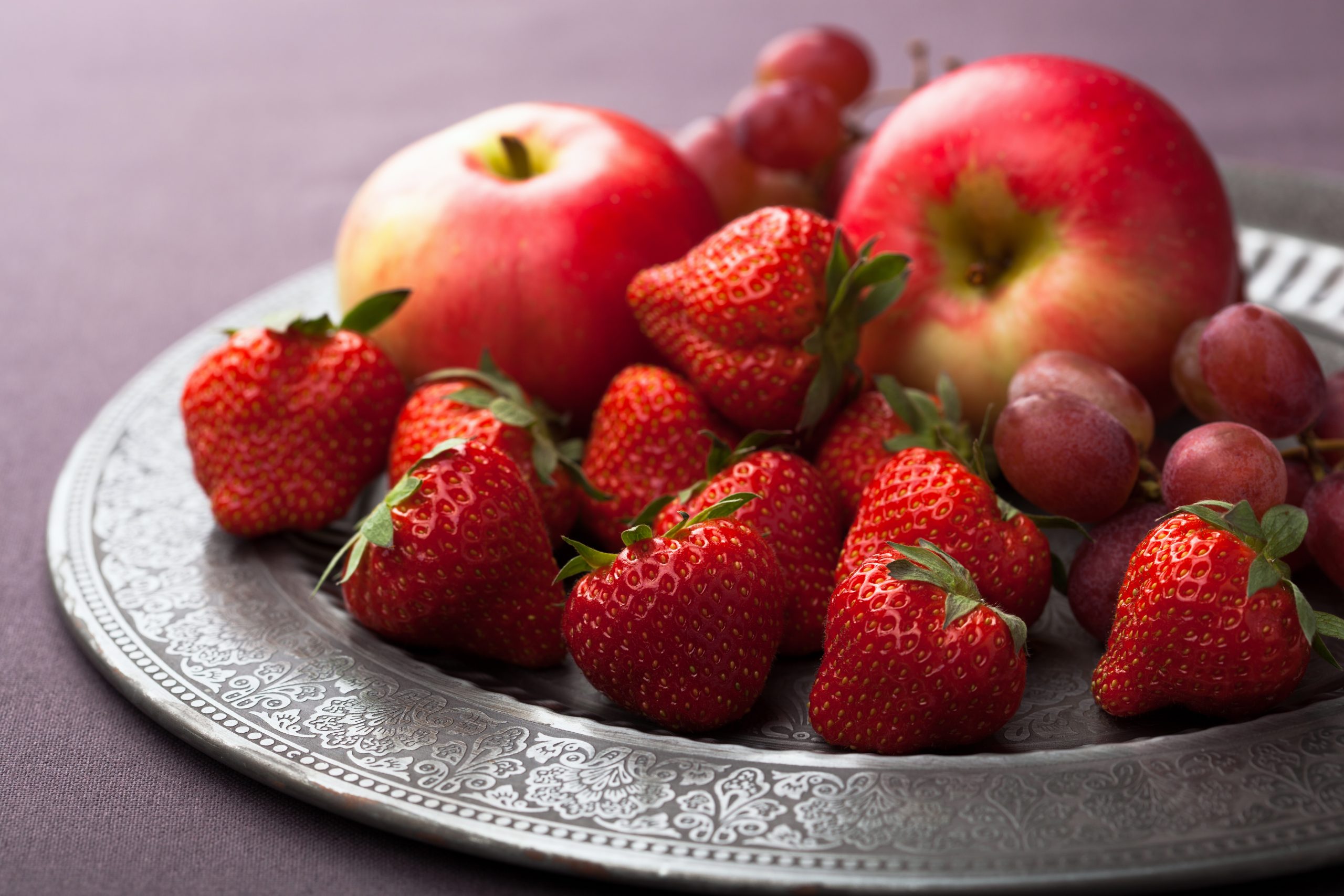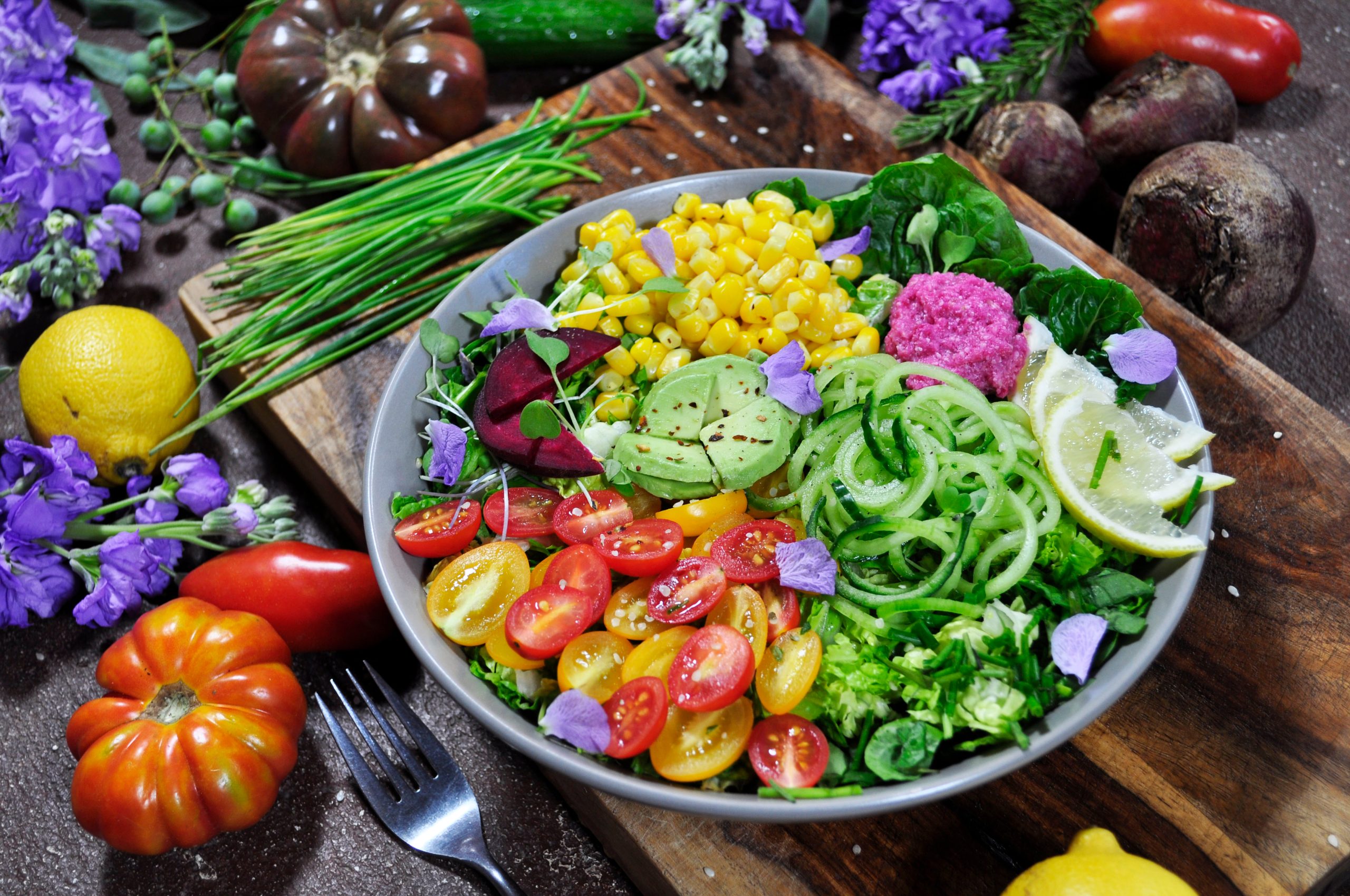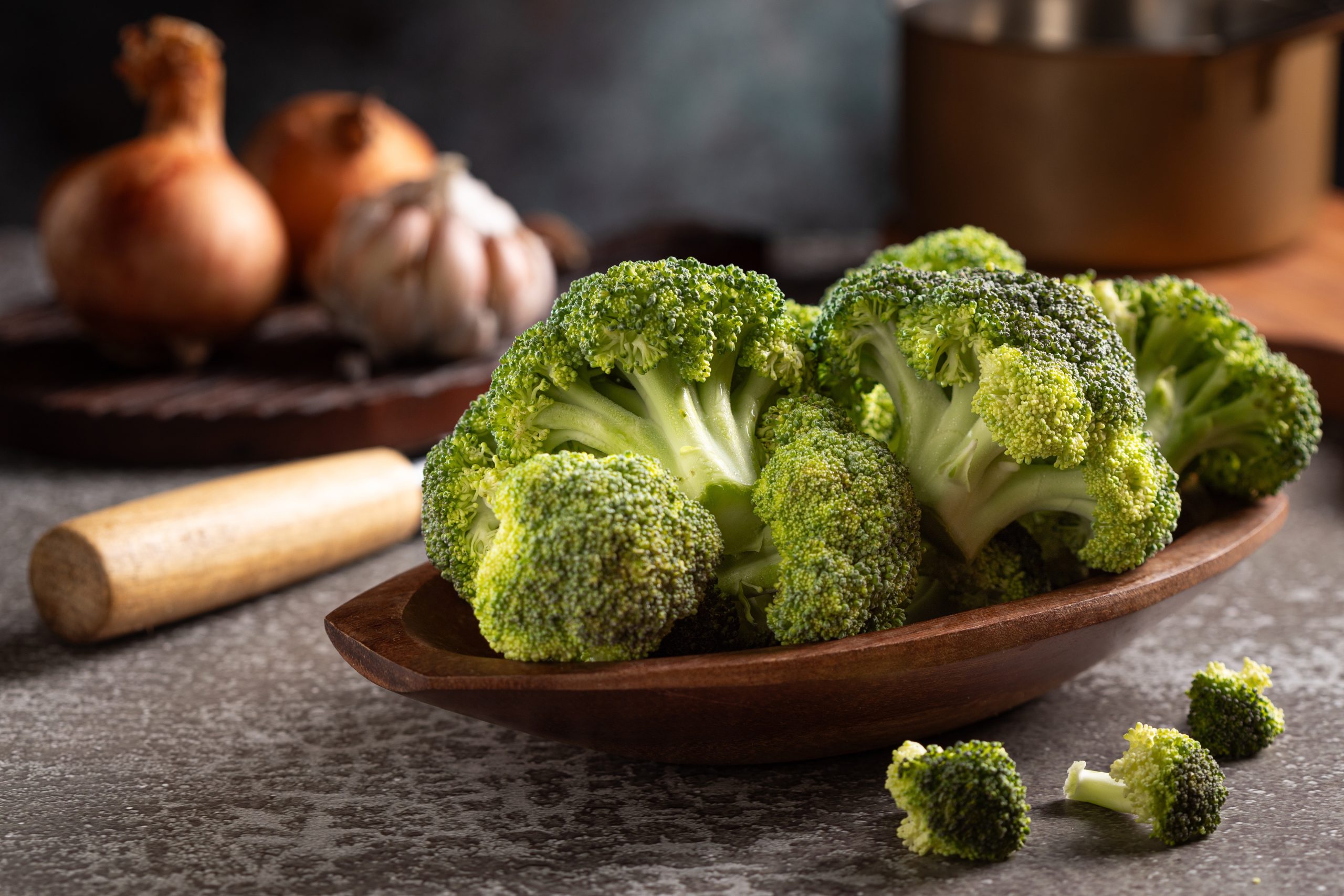The ancient Japanese tea ceremony transforms ordinary green tea into a powerful anti-inflammatory ritual that gastroenterologists are now recognizing for its profound gut health benefits.
Story Overview
- Japanese tea ceremony uses matcha powder instead of regular tea leaves, delivering concentrated anti-inflammatory compounds
- The ritualized preparation and mindful consumption activates the parasympathetic nervous system, improving digestion
- Modern gastroenterologists embrace this 500-year-old practice for its proven gut support properties
- The ceremony’s emphasis on slow, deliberate consumption maximizes nutrient absorption and reduces inflammatory responses
Ancient Wisdom Meets Modern Medicine
Sen no Rikyū perfected the Japanese tea ceremony in the 16th century, but he unknowingly created something far more powerful than a cultural tradition. The precise ritual of whisking powdered matcha into a frothy beverage delivers anti-inflammatory compounds in their most bioavailable form. Unlike steeped tea leaves that release limited nutrients, the entire ground tea leaf consumed in matcha provides concentrated catechins, particularly EGCG, which gastroenterologists now recognize as potent inflammation fighters.
The ceremony’s roots in Zen Buddhism introduced a crucial element modern medicine validates: mindful consumption. The deliberate, meditative preparation and slow sipping activate the parasympathetic nervous system, shifting the body into a rest-and-digest state that optimizes gut function and reduces stress-induced inflammation.
The Science Behind Sacred Rituals
Gastroenterologists studying inflammatory bowel conditions discovered that the traditional tea ceremony’s methods amplify matcha’s therapeutic benefits. The whisking technique creates a suspension that allows complete absorption of the tea’s cellular components. The ceremonial timing, typically between meals, ensures the anti-inflammatory compounds reach the gut lining without interference from other foods.
The specialized bamboo whisk used in traditional ceremonies isn’t mere aesthetics. This tool creates the ideal particle suspension that prevents the settling of beneficial compounds, ensuring each sip delivers consistent anti-inflammatory power. Modern practitioners report reduced digestive inflammation and improved gut barrier function when following traditional preparation methods rather than simply mixing matcha powder into smoothies or lattes.
Beyond Ordinary Green Tea Consumption
Regular green tea provides health benefits, but the Japanese ceremony elevates these effects through ritual precision. The traditional tearoom’s tatami flooring and specific seating position promote proper posture for optimal digestion. The host’s careful attention to water temperature preserves heat-sensitive compounds that would otherwise degrade in boiling water.
The ceremony’s emphasis on seasonal awareness connects practitioners to natural anti-inflammatory cycles. Spring ceremonies feature younger tea leaves with higher concentrations of protective polyphenols, while autumn ceremonies use aged leaves that provide different therapeutic compounds. This seasonal variation mirrors recommendations from integrative gastroenterologists who advocate cycling different anti-inflammatory foods throughout the year.
Modern Applications of Ancient Practice
Contemporary tea masters preserve traditional methods while acknowledging their health benefits. Organic matcha production has surged as practitioners seek the purest anti-inflammatory compounds without pesticide residues that could trigger gut inflammation. The traditional four principles of harmony, respect, purity, and tranquility create an environment that maximizes the ceremony’s therapeutic effects.
Healthcare practitioners now recommend modified versions of the tea ceremony for patients with inflammatory conditions. The ritual’s built-in mindfulness component addresses the gut-brain axis, while the anti-inflammatory matcha provides direct therapeutic benefits. This integration of ancient wisdom with modern medical understanding represents a powerful approach to digestive wellness that honors both tradition and science.
Sources:
Wikipedia – Japanese Tea Ceremony











